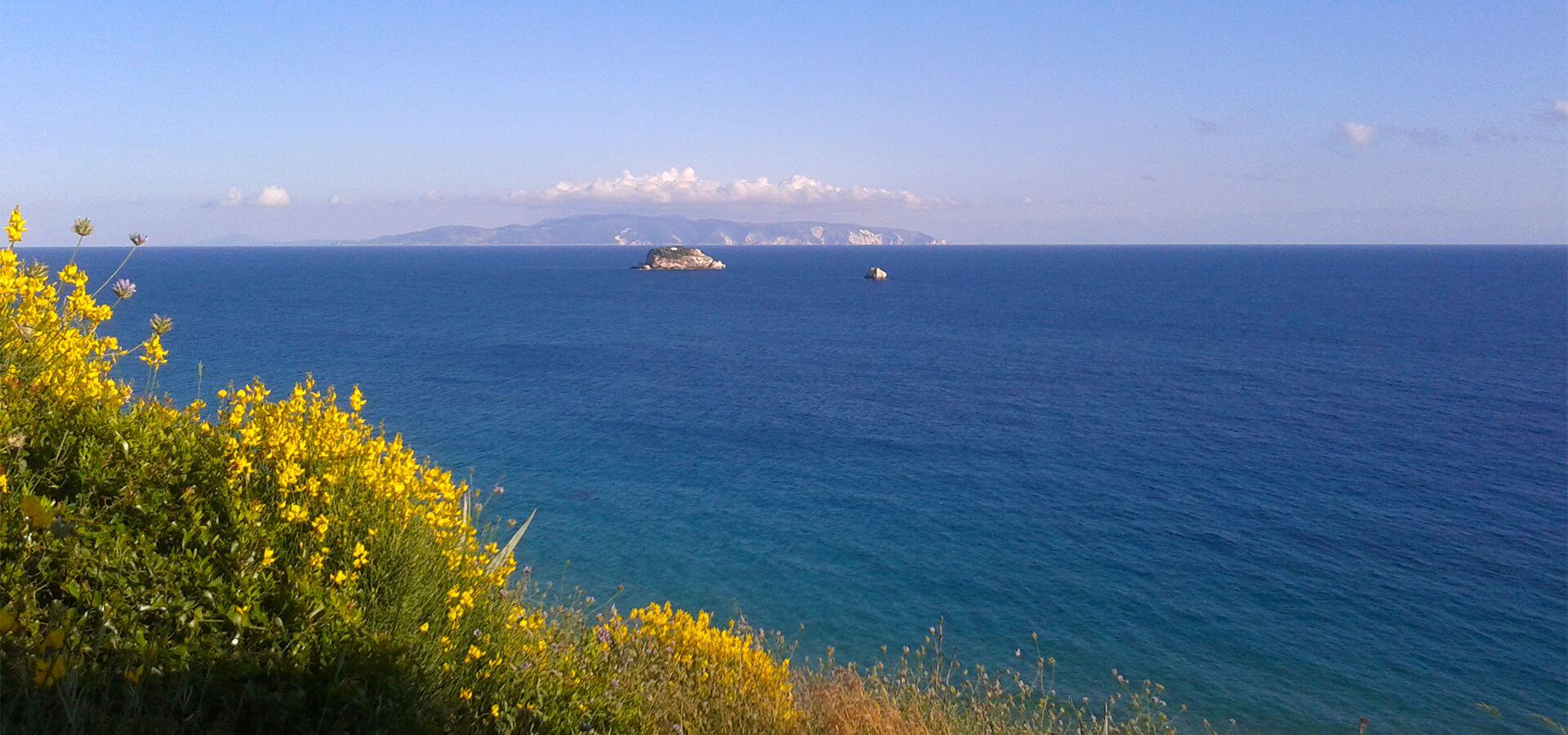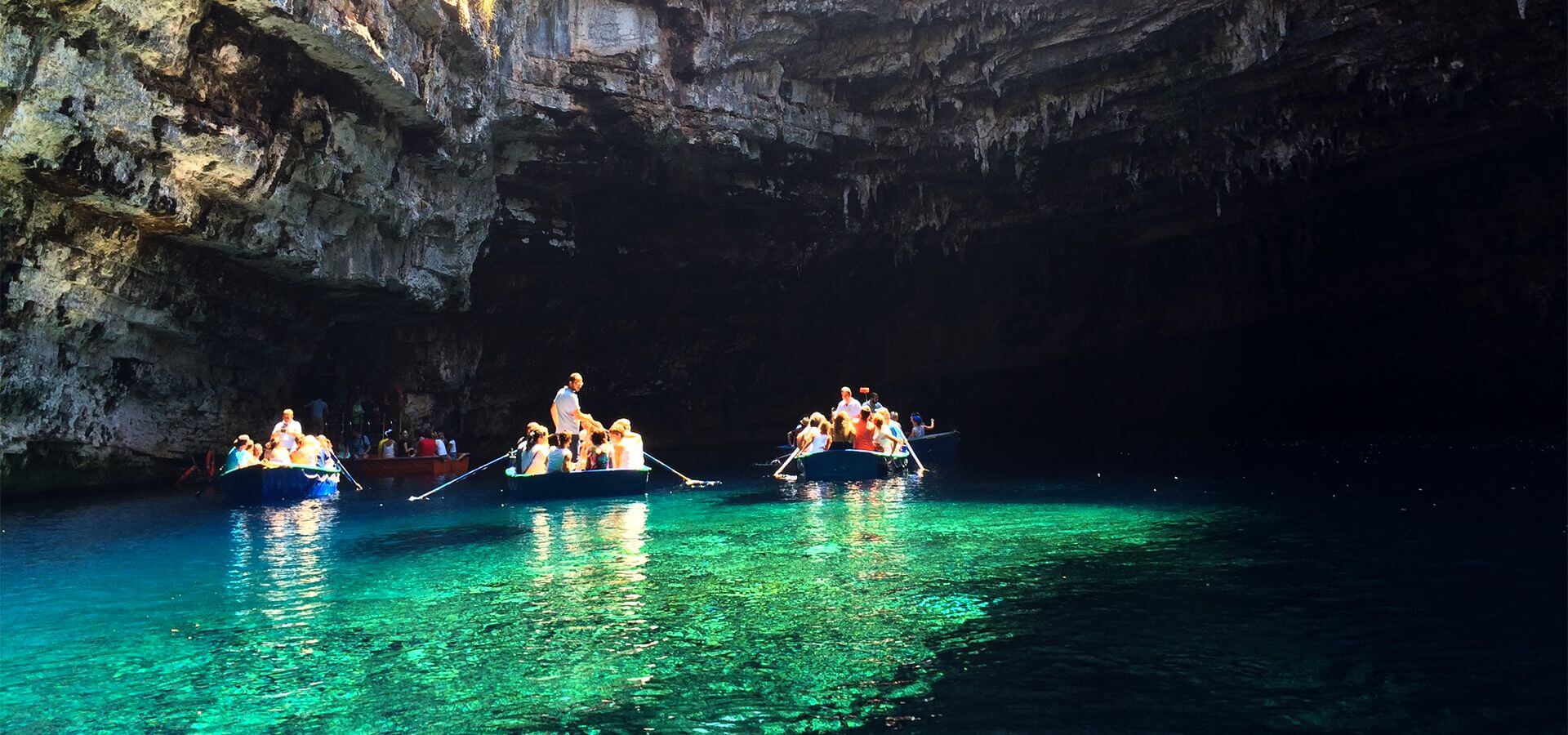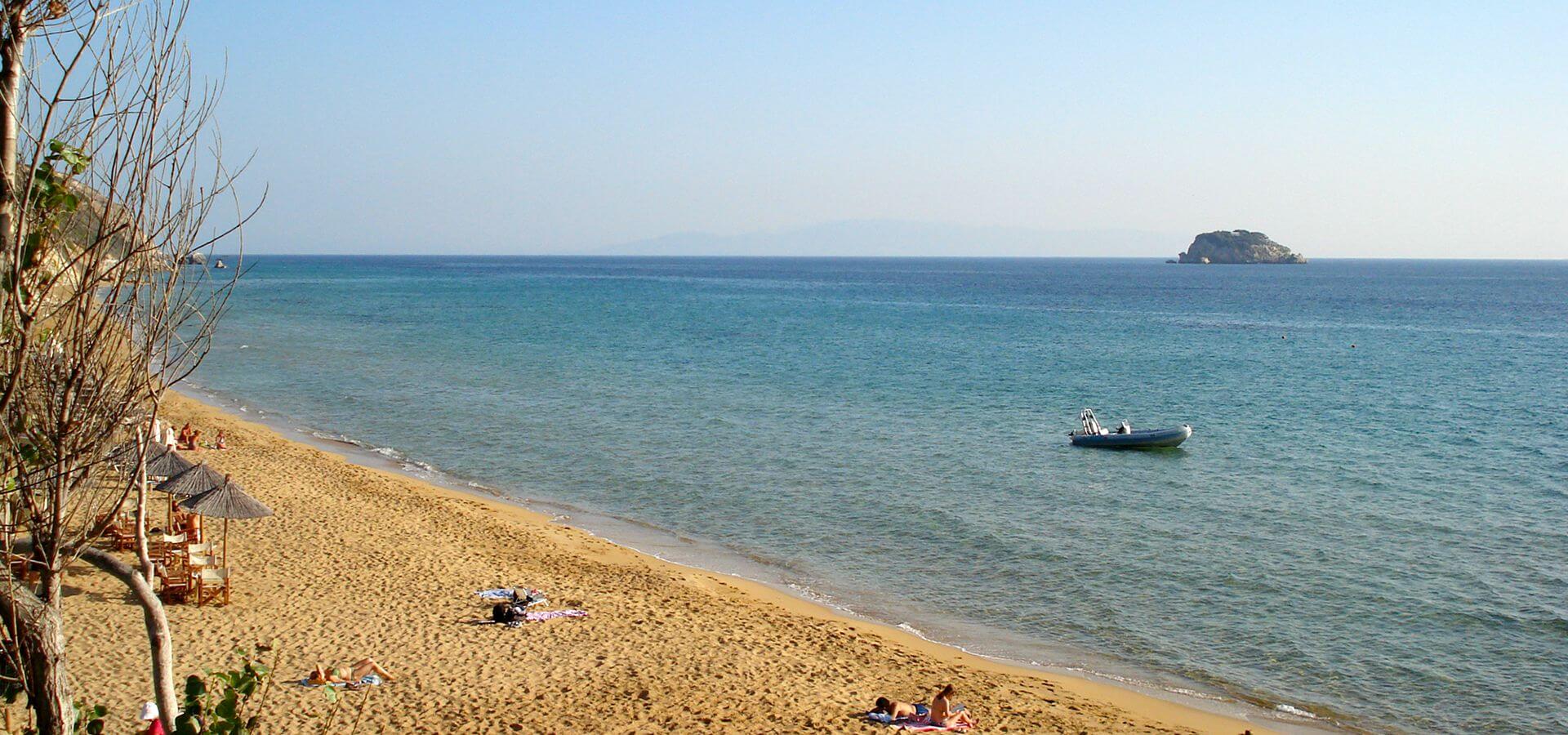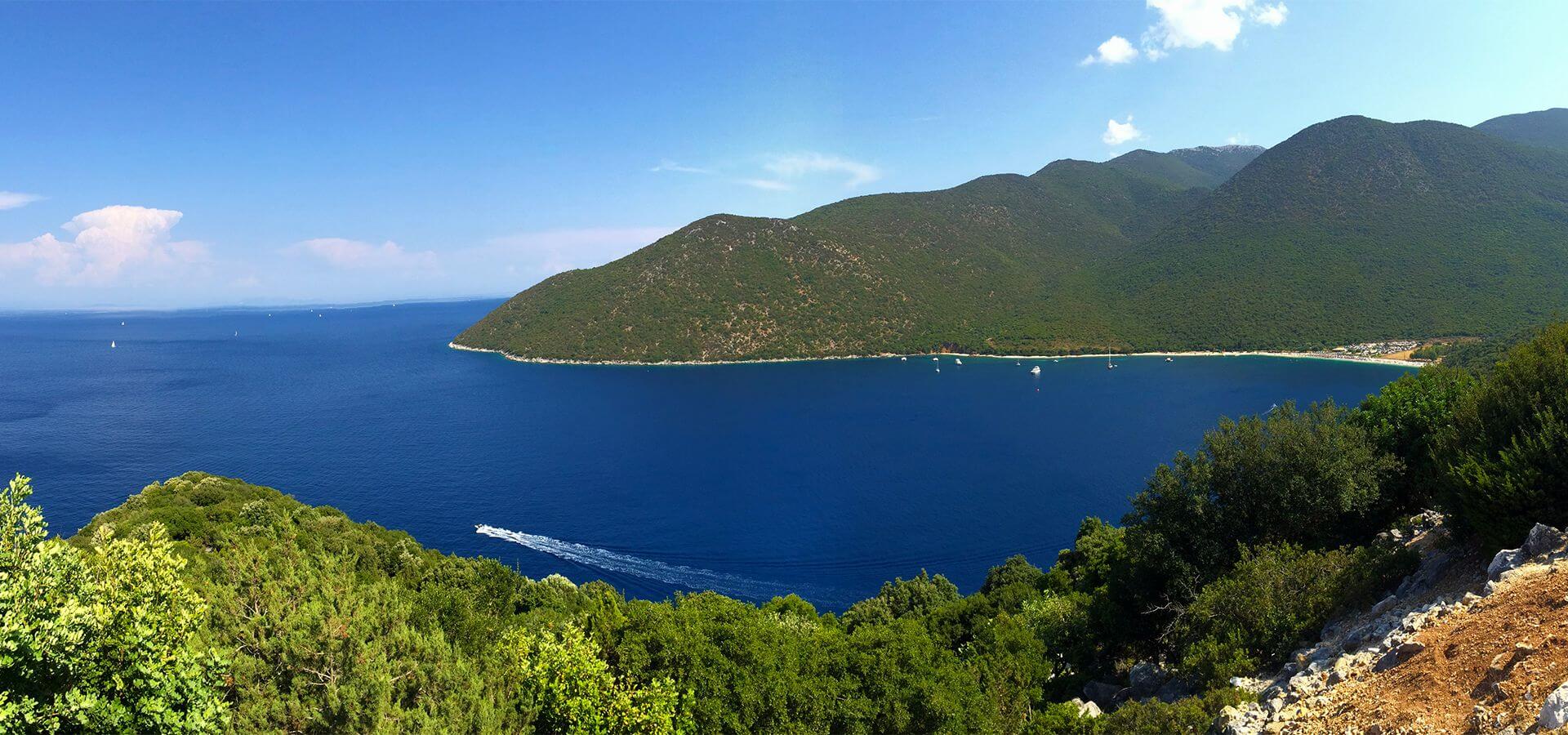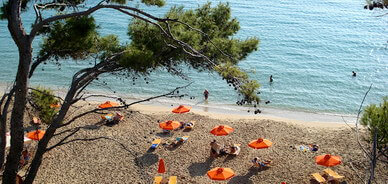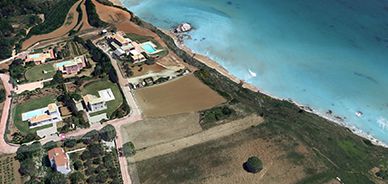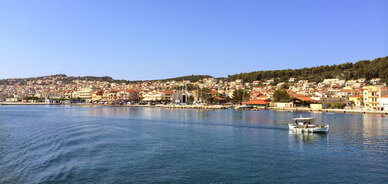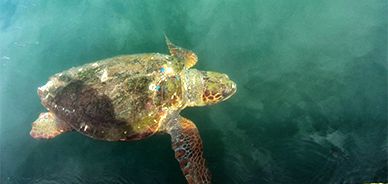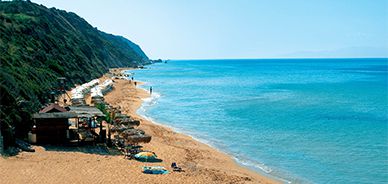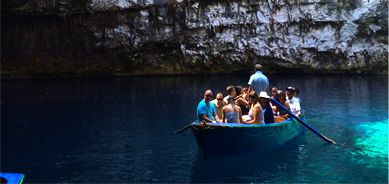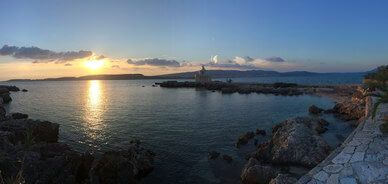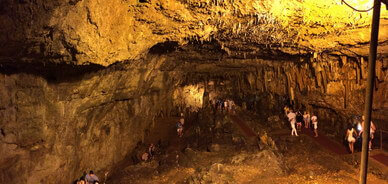Kefalonia Views
Makris Gialos is the most famous organised beach in Kefalonia, with plenty of facilities. The beach is located in Argostoli-Airport road, 2 km outside of the capital centre, in the Lassi area. It is the beach that every traveler who likes organised beaches should visit during his holidays in Kefalonia.
Megali Petra is the nearest beach to the studios, located on the first dirt road on your right as you go downhill from the studios, within 5 minutes walking. It's actually an extension of the largest and most well-known beach of Kefalonia, Avithos.
The capital of Kefalonia stands on the far end of the natural bay surrounded by mountains and verdant forests. The town was rebuilt after the catastrophic earthquake of 1953. It is a picturesque town built on hills surrounding the lagoon of Koutavos and the natural harbor formed there.
The Loggerhead sea turtles (or also known as Caretta-caretta) are the only marine turtles nesting in Greece and the Mediterranean. They can be distinguished from other turtles by their large heads, reddish-brown shells and yellow/brown skin, while they are considered to be one of the oldest species in the world. An adult Loggerhead grows to a length of 1.0-1.2m, weights between 100-350 kg and can live for around 65 years.
Avithos is the nearest organised beach to the studios, situated on the first asphalt road on your right as you go downhill from the studios, within 8 minutes walking.
An open lake at the east part of the island near Karavomylos Village. You can take a boat ride and the scenery is really majestic!
One of the main attractions and trademarks of Argostoli is the lighthouse of Saint Theodore which is located on a man-made peninsula close to the Argostoli village. It is the most romantic spot in Kefalonia and it is highly recommended for taking photographs.
Descend the steps and an atmospheric subterranean world awaits you.
More than 300 years ago, a strong earthquake revealed the entrance to a miracle of nature: Drogarati Cave, a work of art, an astonishing marvel of more than 150 million years old, crafted gradually by nature. Orange and yellow stalactites hang from the roof like curtains while vitreous stalagmites emerge to form spacious chambers.




